Chaque jour, nous vous offrons des logiciels sous licence GRATUITS que vous devriez autrement payer!
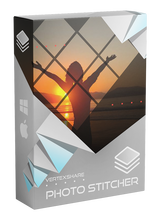
Giveaway of the day — Photo Stitcher Pro 2.0.0 (Win&Mac)
L'offre gratuite du jour pour Photo Stitcher Pro 2.0.0 (Win&Mac) était valable le 5 juin 2020!
Vertexshare Photo Stitcher est un puissant logiciel de panorama et un outil de fusion de photos qui fusionne les photos horizontalement et verticalement.
Verterxshare Photo Stitcher n'est pas seulement un logiciel de fusion de photos tout-en-un, mais aussi un programme Panorama Stitcher.
Avantages de Photo Stitcher
- Sécurisé et discret
- Poids léger
- Polyvalent et efficace
Tutoriel (important)
Comment assembler des photos à l'aide de Photo Stitcher
Comment ouvrir le fichier dmg de Photo Stitcher sur votre PC Mac
Comment enregistrer Photo Stitcher
Configuration minimale:
Windows XP/ 7/ 8/ 10; Net Framework 4.0 or later; Mac OS10.10 or later
Éditeur:
VertexsharePage web:
https://vertexshare.com/photo-stitcher-desktop/Taille du fichier:
88.2 MB
Licence details:
À vie, aucune mise à jour
Prix:
$29.95
Titres en vedette
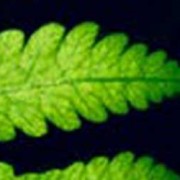
Imglarger est un outil d'agrandissement d'image en ligne alimenté par un algorithme avancé d'IA. Il vous permet d'augmenter la taille et la résolution des images ou des photos sans perte de qualité. Rapide et fiable. Si vous cherchez un outil pour améliorer et améliorer la qualité des petites photos, AI Image Enlarger est votre meilleur choix.
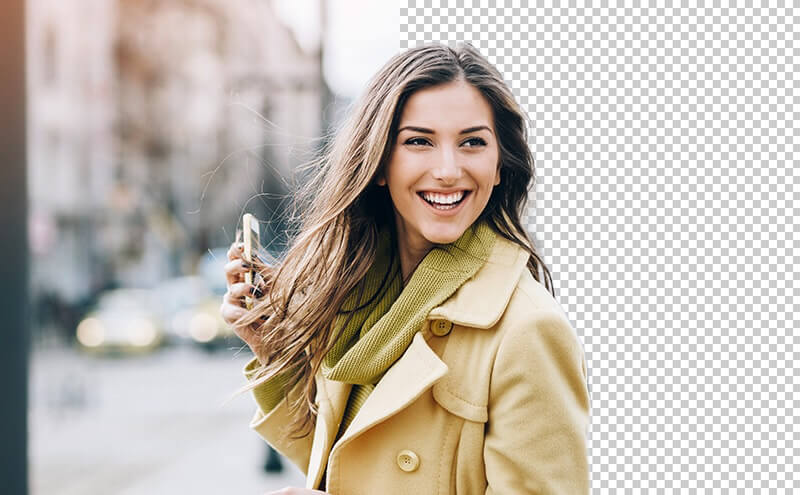
BgEraser est un outil en ligne d'effacement d'arrière-plan qui peut supprimer automatiquement l'arrière-plan des photos et des images. Ce programme utilise la technologie de l'IA pour reconnaître l'humain, les visages, les animaux, certains produits et objets, séparer le premier plan et l'arrière-plan sans marques rouges / vertes. Aucun compte requis et 100% gratuit pour les petites images (jusqu'à 700 * 700). Si vous souhaitez rendre votre fond de photo transparent, vous pouvez essayer Bg Eraser maintenant.

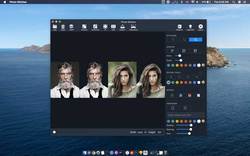
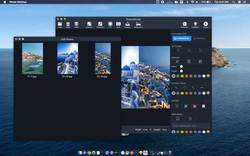
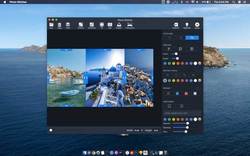
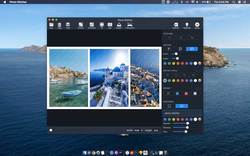
Commentaires sur Photo Stitcher Pro 2.0.0 (Win&Mac)
Please add a comment explaining the reason behind your vote.
Free recommended alternatives:
- Microsoft's free Image Composite Editor : https://www.microsoft.com/en-us/download/details.aspx?id=52459
- Hugin Panorama photo stitcher : http://hugin.sourceforge.net/
Save | Cancel
I do 2D gigapixel stitches of meteorite thin section microscope images (about 150 to 300 images per stitch). I've tried a lot of different stitchers – both commercial and free – trying to find one that does an effective job. Hopefully these comments will help others looking for a good 2D stitching program.
Photo Stitcher Pro’s interface looks pleasing, and there are a few nice features (like adding watermarks and defining border colors), but for me its interface is quite non-intuitive. Admittedly there are some misspellings and other kinds of errors throughout the program (“WARTMARK” instead of “WATERMARK” on the main screen, as an example). But performance is most important, and unfortunately in that regard I can’t say much, as I’ve tried the panorama mode for 2D stitching but it always fails, either saying I need to add more images (in this case, 260 should have been plenty) or showing a set of thumbnails that only included a small fraction of the images I specified.
Consequently the only other thing I can offer is that the uninstall was quite clean, resulting in just one leftover trace found by Reg Organizer. However, since other stitchers were mentioned in the comments, hopefully the following will help some.
Most of the premier packages I’ve found and tested use things like SIFT algorithms in an attempt to automatically fit the images together. But this can be problematic for image sets like mine, where there are a lot of border images with little information (think of trying to stitch a night scene with a lot of dark sky above a moonlit mountain). One comment asked about PhotoStitcher – which, by the way, was encouraging in that it specifically advertises the ability to stitch microscope images by offering several different projection planes to chose from – but it’s an example of a program that tries to do automatic stitching that was never able to complete any image set I gave it either.
I’ve found that to overcome the inability of automatic alignment algorithms to work with these kinds of image sets, one needs to be able to specify the order of image acquisition and how they fit together. While most of the available packages don't seem to allow such manual overrides, the notable exceptions that I've found are PanoramaStudio and Microsoft's ICE (the latter has already been mentioned in the comments).
I’ve favored ICE because of its clean and intuitive interface, fast stitching speeds, and an ability to easily specify image arrangements. For my needs, it’s been the most accurate and consistent stitcher I’ve been able to find and test. For me, the big problem with ICE is that in trying to blend images, it does auto exposure and white balance compensation that cannot be disabled. But with these microscope image sets, ICE can produce results with very large exposure or white balance gradients from one corner to another, which of course is unacceptable (an online search will show several threads related to this issue). Unfortunately, this was a Microsoft Research project that has not been supported for a very long time, so there is no hope for a fix (nor is there a way to turn the automatic corrections off).
For my use, PanoramaStudio is the next best thing (I’ve also tried Hugin, the now unsupported AutoPano, and many others). PanoramaStudio allows specifying an image order, but it is a little more difficult to do than with ICE (PanoramaStudio seems to be targeted more for standard photography, so it has a lot more features like lens distortion and vignette correction that must be disabled or "fooled" to work well for image sets like mine). Still, I've found PanoramaStudio to be much better about not introducing ICE’s unwanted gradients (though occasionally I've run into some odd issues with this that the author is currently investigating). Its stitching accuracy is comparable with ICE’s, though it’s a little more finicky about knowing the image overlap, and unlike ICE, the best results are only obtained when these overlaps are very accurately known (ICE is much more forgiving – conversely, PanoramaStudio will still produce reasonable stitches with less accurate numbers, but the results will show some minor warping).
I know my needs are fairly unique compared to the average customer for this kind of product, but hopefully this admittedly lengthy description will help any others trying to decide between commercial and free multi-row stitchers.
Save | Cancel
Not really a photo stitcher more of a linear (horizontal or vertical) panorama creator.
I was hoping it would be useful to stitch many row of photos together to create a large hi-res stitched photo, but al it would do is just lay them out in a single row or column.
It can also not hand RAW file formate and just uses the lo-res thumbnail embedded in it.
Uninstalling after 10 mins.
Save | Cancel
Squishy, Hi, dear. Thanks for your review. Have you tried the panorama option? I guess that is what you want. Or you can give me some sample functions that I can refer to and integrate in our Photo Stitcher in the next version.
I will update the program to support RAW file formate next version.
Regards!
Save | Cancel
Is Photo Stitcher Pro 2.0.0 superior in any way to Microsoft ICE? I find ICE to work extremely well (much better than most MS offerings), and it's totally free.
https://www.microsoft.com/en-us/research/product/computational-photography-applications/image-composite-editor/
Save | Cancel
Some photo cameras have built-in the panorama option. If you don't have it it's very difficult to create a set of photos for stitching.
Save | Cancel
Boris, I have to disagree with your last sentence. It is relatively easy to take consecutive shots to then stitch together to create a single panorama. Admittedly you do have to keep a steady and level series of shots, though practice makes perfect. I have been doing this for many years, and have hundreds of examples to show this.
I use to you Serif Panorama Plus but that was no longer available after upgrading my computer, including Windows 10. I found another free programme - Microsoft 'Image Composite Editor' - which does the job very well and can even fill in areas to match where the information was not captured - that does require judgement as to whether in works for each created pamorama
Save | Cancel